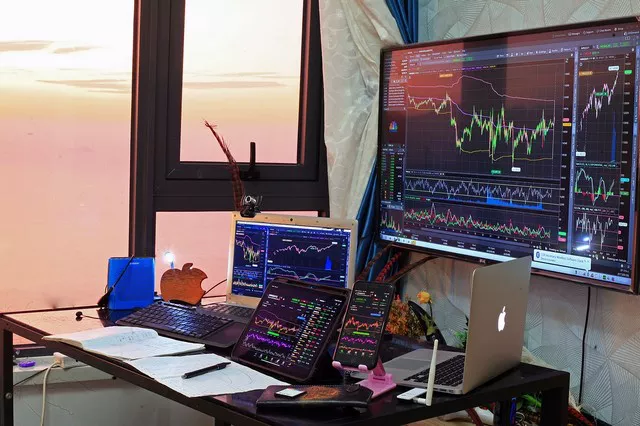Understanding the current state of market futures is crucial for investors, traders, and financial professionals alike. Market futures provide real-time insights into investor sentiment, expectations, and potential market movements.
1. What Are Market Futures?
Market futures are financial contracts that obligate the buyer to purchase or the seller to sell a specific quantity of an underlying asset, such as a stock index, commodity, or currency, at a predetermined price on a future date. These contracts derive their value from the performance of the underlying asset. Market futures serve multiple purposes, including hedging, speculation, and facilitating price discovery.
2. The Significance of Market Futures
Market futures play a pivotal role in the world of finance and investments for several reasons:
a. Risk Management: Investors and businesses use market futures to hedge against adverse price movements. For example, a portfolio manager may use stock index futures to protect their holdings during a market downturn.
b. Price Discovery: Market futures provide valuable insights into market sentiment and expectations about future asset prices. These prices are influenced by supply and demand dynamics in the futures market, reflecting market participants’ views on the asset’s direction.
c. Speculation: Traders and investors use market futures to speculate on price movements. By taking positions based on their expectations of market trends, they aim to profit from price fluctuations.
d. Extended Trading Hours: Market futures often have extended trading hours compared to regular stock market hours. Futures markets typically operate nearly 24 hours a day, providing ample opportunities for traders to react to news and events worldwide.
3. How to Interpret Market Futures
Interpreting market futures involves understanding the relationship between the current futures prices and the underlying asset’s spot prices. Here’s how to interpret market futures effectively:
a. Premium or Discount: When market futures are trading at a premium to the spot prices, it indicates that investors are willing to pay more for the asset in the future, suggesting bullish sentiment. Conversely, a discount implies bearish sentiment.
b. Volume and Open Interest: Volume reflects the total number of contracts traded, providing insights into market activity. Higher volume typically indicates greater interest. Open interest represents the total number of outstanding futures contracts that have not yet been closed out or settled, indicating market popularity and potential activity.
c. Contract Expiration: Market futures have specific expiration dates. As the expiration date approaches, traders may adjust their positions, leading to increased market volatility.
4. Key Market Futures Categories
There are various types of market futures, each catering to specific trading and investment needs:
a. Stock Market Futures: These futures contracts are based on stock market indices like the S&P 500, NASDAQ 100, or Dow Jones Industrial Average. They provide exposure to the overall performance of the stock market.
b. Commodity Futures: Commodity futures are linked to physical commodities like gold, oil, or agricultural products. They offer exposure to commodity price movements and are often used for hedging by producers and consumers.
c. Currency Futures: Currency futures are tied to foreign exchange rates. Traders use them to speculate on currency price movements or hedge against currency risk in international transactions.
d. Interest Rate Futures: These futures contracts are based on interest rates, such as government bond yields. They allow traders to speculate on future interest rate changes or hedge against interest rate risk.
5. Staying Informed About Market Futures
Staying informed about market futures is essential for anyone involved in financial markets. Here are some ways to stay updated:
a. Financial News Sources: Reputable financial news sources provide real-time updates on market futures. Major news networks, financial websites, and social media platforms are valuable resources.
b. Futures Exchanges: Exchanges that host futures markets often provide real-time data and market commentary on their websites.
c. Trading Platforms: If you are a trader or investor, your trading platform or brokerage account likely offers real-time futures market data and analysis tools.
d. Professional Analysis: Many financial professionals, such as analysts and economists, provide insights and commentary on market futures through reports and publications.
e. Economic Calendars: Economic calendars list upcoming economic events, data releases, and central bank meetings that can impact market futures. Understanding the economic calendar can help you anticipate potential market moves.
Conclusion
Market futures provide real-time insights into investor sentiment, expectations, and potential market movements. By understanding what market futures are, how to interpret them, and why they are significant, investors and traders can make informed decisions and navigate the financial landscape effectively. Staying informed about market futures is a valuable skill that can enhance your ability to manage risk and capitalize on opportunities in today’s dynamic financial markets.


